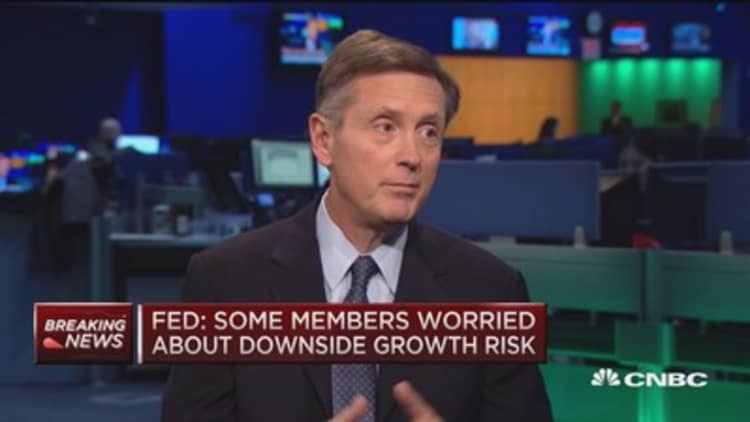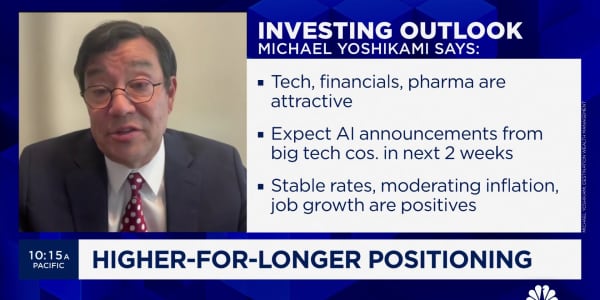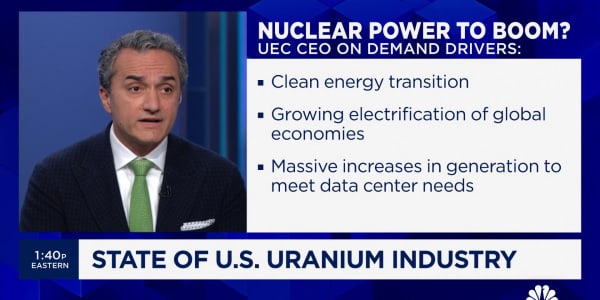
While Wall Street talks up the near certainty of a December interest rate hike, the Federal Reserve has left itself some wiggle room for delay.
A summary from the most recent Federal Open Market Committee meeting in October contained the expected nod toward raising the key funds rate in December so long as conditions warrant.
But the minutes also showed a committee more divided, if in sentiment but not in actual voting, than it's been since Janet Yellen chaired her first meeting in March 2014. Traders took down the possibility of a December rate hike after the release of the minutes, from a 74 percent chance to 68 percent.
Members actively debated the wisdom both in moving too soon and waiting too long. They wondered about delivering the wrong message both at the October meeting and after future FOMC gatherings where, ostensibly, the committee will begin hiking rates at a measured pace. And they debated not only over what to do should things continue to improve, but also how to proceed should conditions worsen.
Read More Most FOMC participants thought December hike appropriate
"In its post-meeting statement, rather than framing its near-term policy path in terms of how long to maintain the current target range, the Committee decided to indicate that, in determining whether it would be appropriate to raise the target range at its next meeting, it would assess both realized and expected progress toward its objectives of maximum employment and 2 percent inflation," the minutes said.
There are four critical words that turned Wall Street's head: "at its next meeting." To Fed watchers, the reference, which made its way into the post-meeting communique, was a clear signal the committee was ready to pull the trigger in December.
Not so fast, said some members.
"Members saw the updated language as leaving policy options open for the next meeting. However, a couple of members expressed concern that this wording change could be misinterpreted as signaling too strongly the expectation that the target range for the federal funds rate would be increased at the Committee's next meeting," the minutes said.
Of course, Fed parlance is left for the reader to decipher, and the difference between "many," "some" and "a couple," can be a close call, though "a couple" denotes two. In the end, only one, Jeffrey Lacker, voted against the committee's wish to keep interest rates in place. It presumably was Lacker who, the minutes noted, "preferred to raise the target rate for the federal funds rate by 25 basis points at this meeting."
Read More This part of the economy is clearly in recession
There apparently was pushback from the doves. Some, in fact, encouraged officials to contemplate what additional easing measures might be necessary should the economic data turn negative. That's a notable statement considering the FOMC has kept its funds rate anchored near zero for nearly seven years and expanded the Fed's balance sheet to $4.5 trillion as part of quantitative easing.
"Several participants indicated that, in the current low interest rate environment, it would be prudent for the Committee to consider options for providing additional monetary policy accommodation if the outlook for economic activity were to weaken," the minutes said. "It was also noted that the Committee would need to reformulate its communications regarding the near-term outlook for monetary policy if the economic outlook weakened significantly."
That passage is consistent with September economic projections from two members on the "dot plot" showing that negative interest rates were not out of the question.
Conditions, though, have changed since the October meeting. The FOMC gathering came against the backdrop of consecutive subpar nonfarm payrolls report that showed both weak job growth and little wage pressure. A few weeks later, the Labor Department reported a solid 271,000 jobs created in October, with average hourly earnings rising 2.5 percent, the fastest pace in more than eight years.
Read More Blowout jobs report puts ball back in Fed's court
However, the Fed has other things to consider. At the September meeting, it showed deep concerns over global developments. The attacks Friday in Paris and a redoubling of the global war against terror will have to be weighed by Yellen and Co.
"This is about as hawkish as you're reasonably going to see from the Fed considering it came out before the last jobs report," said Brad McMillan, chief investment officer of Commonwealth Financial Network. "On balance, things are much better. I don't see any signs of dovishness."
McMillan specifically pointed to the frequent use of "solid" in the minutes — 11 times, to be exact — that shows where the Fed officials' thinking resides.
"At this point, the Fed has more or less said in the minutes that if things continue to be the way they seem now or improve, December is very much on track," he said.






